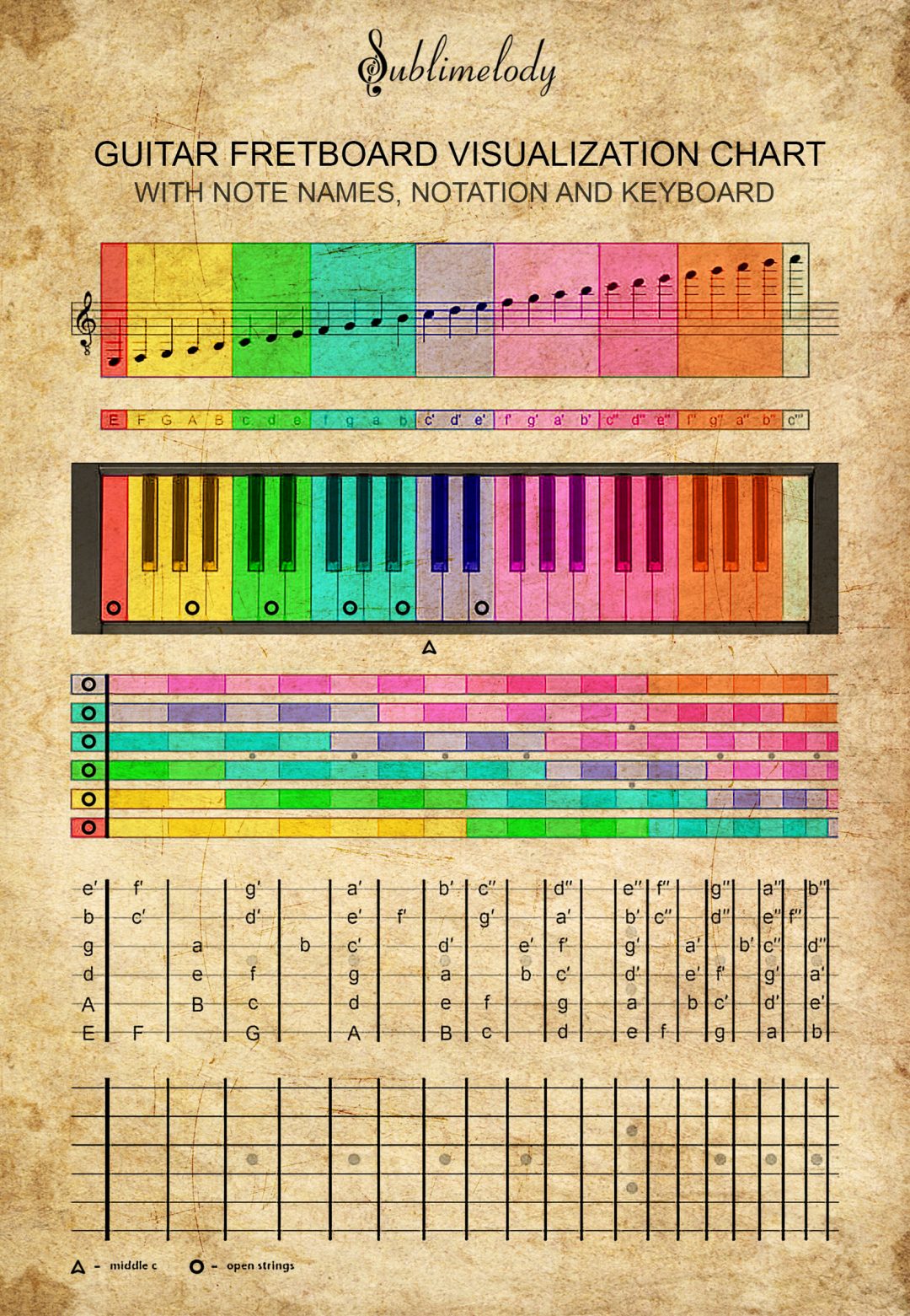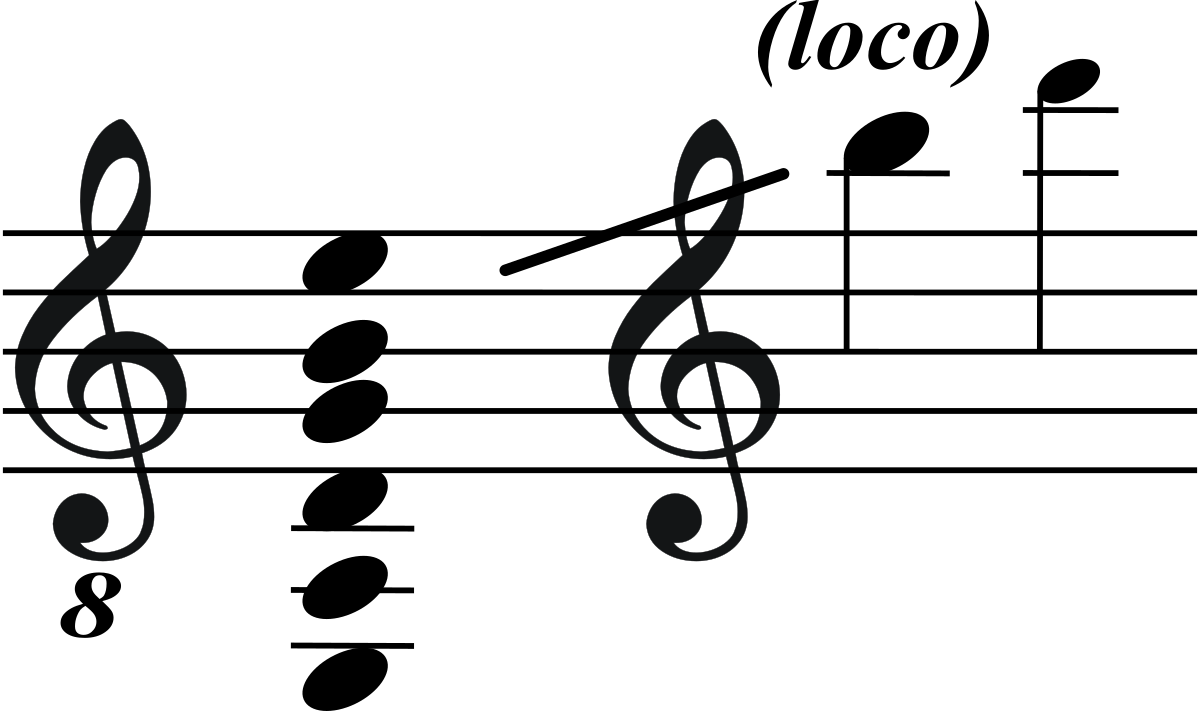My mom just picked up a Cordoba Mini II today (she's got a Gurian but doesn't want to lug it around to biweekly music class). I was using it to play tab for some Sor etudes, and the tab also has standard notation. I was trying to figure out what the (standard E-E) tuning for a guitar correlates to on the piano. For a violin (which I'm used to), it's the first G below middle C, D immediately beside middle C, first A above middle C and first E above middle C. I've been playing linear tuned tenors now for a few months, and that's the first G below middle C (same as violin), middle C, the first E above middle C and first A above middle C (same as violin). OK, cool. I wanted to check the tuning for a guitar, and got this:

Ooooookaaaaay.... but I thought middle C was this (on treble clef):
When I restrung our requinto with A-A, I tuned it so that strings 1-4 were strung the same as the linear tenor, with the additional D and A lower than the low G. Does that mean I tuned it too low? Should it be tuned an octave higher? Ick, that would not sound good on this particular instrument, IMO.
To add to my confusion, I downloaded a piece written in standard notation & tab for the guilele, and it looks like it's tuned the same as a guitar capo'd to 5th. Is that right? It isn't supposed to be the same as a linear tuned tenor with two extra lower strings? I've not held a guilele so I don't know.
HELP! I am so confused!!

Ooooookaaaaay.... but I thought middle C was this (on treble clef):
not what I'd call the first C above middle C, which is what they label as middle C on that guitar comparison image above.On the Treble Clef staff, middle C is written on a ledger line just below the bottom line of the staff:

When I restrung our requinto with A-A, I tuned it so that strings 1-4 were strung the same as the linear tenor, with the additional D and A lower than the low G. Does that mean I tuned it too low? Should it be tuned an octave higher? Ick, that would not sound good on this particular instrument, IMO.
To add to my confusion, I downloaded a piece written in standard notation & tab for the guilele, and it looks like it's tuned the same as a guitar capo'd to 5th. Is that right? It isn't supposed to be the same as a linear tuned tenor with two extra lower strings? I've not held a guilele so I don't know.
HELP! I am so confused!!




